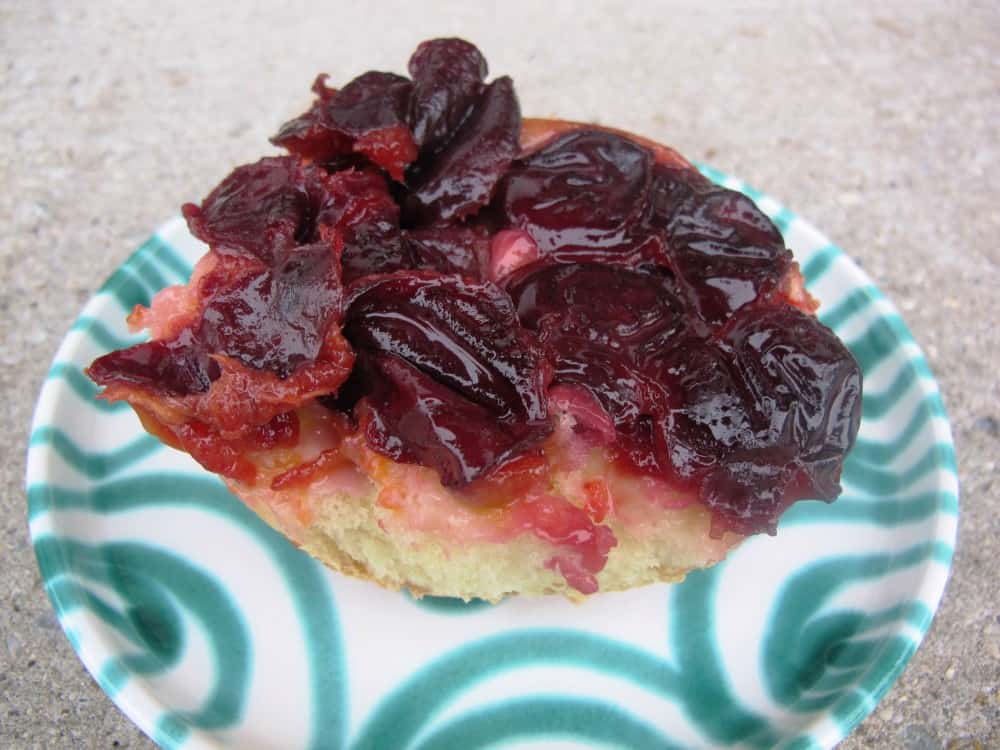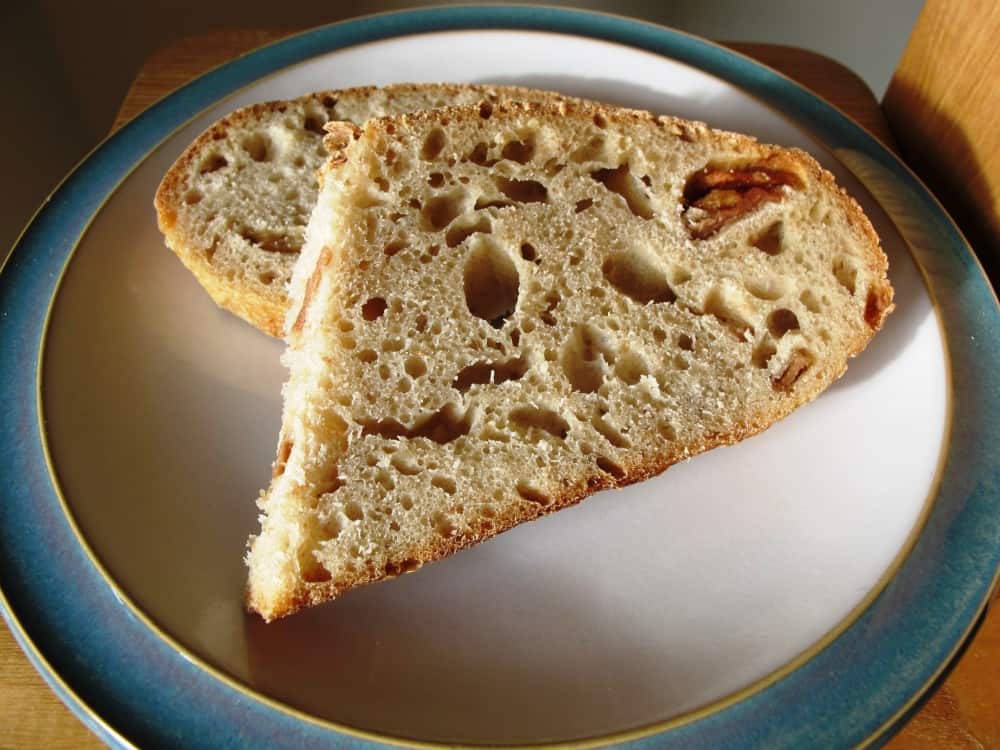Cutting down on sugar has become a big talking point of late. The health conscious look to decrease their sugar intake, whether it’s due to a dietary restriction or just a general health choice.
Someone close to me was diagnosed to be at risk of diabetes after a recent health check-up, so cutting down on sugar has been at the front of my mind when preparing food for family and friends.

Sugar is found naturally in fruit, vegetables and dairy foods. However, the health debate is really about ‘added sugars’ e.g. sugar added to drinks and used in baking and ‘hidden sugars’ found in sauces, cereals and fruit juices. Both are seen as an unnecessary source of calories and a major cause of obesity (the more sugar you eat or drink, the more the body stores it as fat). The general advice from Diabetes UK is that we should all be cutting our sugar intake by half to around 25g (6 tsp) a day.
Here’s how much sugar you’ll find in 100g of the following foods:
- Raisins = 59g
- Snickers bar = 47g
- Grapes = 16g
- Mango = 14g
- Banana = 12g
- Blueberries = 10g
- Apple = 10g
- Plums = 10g
- Beetroot = 7g
- Milk = 5g
- Cranberries = 4g
- Rye flour = 1.1g
- Wheat flour = 0.3g
- Butter = 0.1g
What does it mean to go Sugar Free?
Sugar-free baking can mean different things to different people:
- The Superficial Sugar Cutter
Baking without processed table sugar by using alternatives such as honey. It’s important to note that honey, agave nectar and maple syrup are marketed as healthier alternatives to sugar but they’re really just other forms of sugar. Unfortunately, the Great British Bake Off was misleading on this topic in this year’s free-from episode. - The Low GI (Glycemic Index) Seeker
Baking without sugar by using substitutes to sugar which don’t increase blood sugar levels e.g. xylitol (made from the bark of birch trees, looks and tastes like sugar). Low GI foods are broken down and absorbed more slowly into the blood stream and thereby result in a slower and more steady rise in blood sugar and insulin levels than high GI foods. - The Low-Calorie Dieter
Baking without sugar by using substitutes which are low in calories e.g. erythritol. - The No-Sugar Purist
Baking without any added sugar or sugar substitutes
Sugar & Sugar Alternatives
- To start with, I recommend the BBC Good Food guide to sugar free baking using natural alternatives to sugar.
- If you are interested in calories, you might find these guides to sugar alternatives from the BBC helpful. It also features a brief outline of the six forms of sugar.
- And here’s how sugar substitutes stack up as outlined by the National Geographic and analysing four categories: natural sweeteners, artificial sweeteners, dietary supplements, and sugar alcohols. It also showcases how well these sugar alternatives may do in your baking.
Sugar Free Baking Tips
- Use wholemeal flour instead of refined white flour to ensure you get the nutritional benefit of fibre, vitamins and minerals which are found in the whole grain.
- Try baking with coconut sugar, made by heating sap from the coconut palm to evaporate its water content and reducing it to usable granules. Coconut sugar has a low score on the glycemic index and you can easily substitute coconut sugar for traditional sugar.
- Bake with xylitol, which is generally understood to be a healthier alternative to sugar and also helps prevent the growth of bacteria. Here is some analysis from BBC Good Food: Xylitol Explained.
- Use fruit to sweeten your baking. Fruit contains sugar, but the whole fruit includes the fibre of the flesh as well which adds nutritional value. Try to bake fruit breads (see recipes below) instead of cakes or muffins. Cranberries are low in sugar and delicious in your baking.
Sugar Free Baking Recipes
In general, baking your own is the preferred option for those of us looking to cut down on sugar. You can easily control the ingredients which go into your bakes. This is especially true for breads which, if bought in the supermarket, often contain unnecessary added sugar.
Here are some of my favourite low sugar baking recipes, using fruit:
- Cranberry Walnut Bread and Tuscan Harvest Bread by Italian Food Forever
- Wholegrain Apple & Blueberry Sourdough with Chia Seeds by Bread & Companatico
- My family’s Austrian plum bake recipes
- Bake breads with apples
- If baking for Christmas, try this low-sugar Christmas tree bread

If you’re new to baking, get started here and pick up your bread baking essentials:
Good luck!